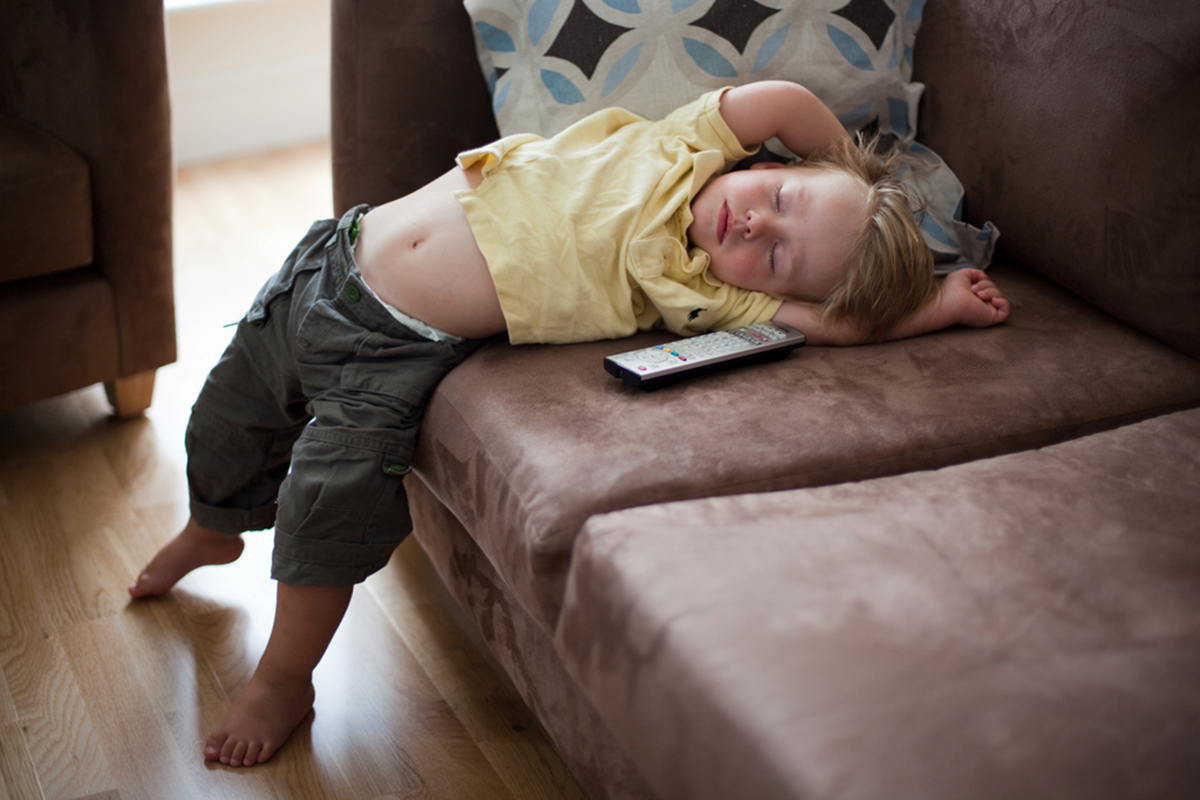Table of Contents
It is important for parents to understand sleep disorders in children can interfere with many areas of a child’s life.
In many cases, children can be successfully treated for sleep disorders.

Complications Of Sleep Disorders In Children
Sleep disorders can lead to a variety of complications in children. Since adequate sleep is essential for normal growth and development, sleep problems can lead to poor academic performance and behavior problems. Similar to adults who do not get proper sleep, children with sleep disruptions may be irritable, have memory problems, low energy and chronic tiredness.
Certain sleep disorders, such as narcolepsy, may be especially difficult to deal with. Children with narcolepsy may suddenly develop overwhelming sleepiness and fall asleep without warning. The condition may be embarrassing and lead to problems with social development and peer interactions. In some cases, it limits an older teen’s ability to reach certain development milestones, such as driving.
That is not the only complication of sleep apnea in children. According to the American Asleep Apnea Association, research studies have indicated that about a quarter of children who have been diagnosed with attention deficit disorder may have symptoms, which can be attributed to sleep apnea instead. In addition, metabolic and hormone problems, along with growth issues can also develop in children with sleep apnea.
Sleep Disorder Treatment In Children
The first step in treating sleep disorders in children is getting an accurate diagnosis. Along with a review of symptoms, a sleep study is also recommended. A sleep study involves monitoring a child while they sleep. The child’s heart rate, respiratory rate and oxygen level are measured. Eye movements and brain activity are also monitored. Once a diagnosis is made, the most effective treatment can be implemented. The type of treatment recommended depends on the specific disorder, age of the child and other underlying medical conditions or health issues.
Certain sleep disorders may be treated with medications, such as antihistamines, antidepressants and central nervous system stimulants. In the case of restless leg syndrome, iron supplements may be the recommended treatment. When prescribing medication for children who are still developing, it is essential to weigh the side effects with the benefits.
In other cases, medication will not treat the condition. For example, sleep apnea may be treated by surgery to remove large tonsils, which are blocking the airway. In addition, treatment may also include wearing a CPAP device while sleeping. CPAP delivers pressure to the airways to prevent obstruction.
For instance, sleepwalking does not usually cause any health issues and normally does not require treatment. But parents should consider making sure their doors are locked in order to prevent their child from leaving the house during a sleepwalking episode.
See Also: Childhood Memory: An Enigma Science Is Beginning To Solve
Lifestyle changes including developing good sleep habits, such as encouraging a regular bedtime, may help treat certain sleep disruptions. Limiting caffeinated beverages including soda may also help children with sleep problems.
- www.nasponline.org/resources/health_wellness/sleepdisorders_ho.aspx
- www.phoenixchildrens.org/medical-specialties/pulmonology/sleep-medicine/types-of-sd-in-children
- sleepfoundation.org/sleep-disorders-problems/adhd-and-sleep
- www.aafp.org/afp/2014/0301/p368.html
- Photo courtesy of Amanda Truss /clash via Flickr: www.flickr.com/photos/clash/4313919478
- Photo courtesy of Lars Plougmann via Flickr: www.flickr.com/photos/criminalintent/3841637775

